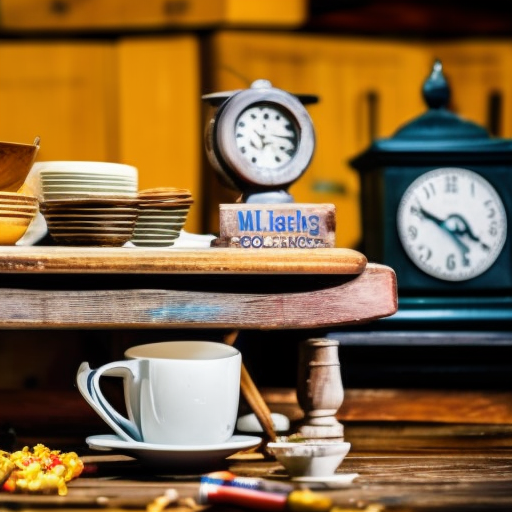Improper Hot Holding And Improper Cooling Are Both Examples Of Health Code Violations
Adhering to the health code set forth by the local and federal government is essential for any restaurant or food service establishment. Health code violations can result in fines, warnings, and in some cases, can even result in closure. Hot and cold holding temperature requirements are essential food safety practices, and improper hot and cold holding can both be considered health code violations.
Improper Hot Holding
Food is considered safe to serve if it is kept at a temperature of 140° Fahrenheit or above. If food is held at a lower temperature than this, bacteria can grow, making it unsafe to consume. Improper hot holding is a health code violation for many reasons. Not only does it put consumers at risk of foodborne illnesses, but it also increases waste and affects food quality. The best way to avoid a health code violation for improper hot holding is to ensure food is kept at a safe temperature by using a thermometer, and that hot food is served hot and cold food is served cold.
Improper Cooling
Perishable food must be cooled within two hours to below 40° Fahrenheit. This helps to reduce the rate of bacterial growth and preserves the quality of the food. Improper cooling can lead to food being unsafe to consume due to a high risk of bacteria growth. It can also lead to food waste, as food that has not been cooled properly can become off-tasting and less appealing to customers. To avoid a health code violation for improper cooling, food must be cooled to 40° Fahrenheit or below as soon as possible, and to ensure the food is safe to consume, use a thermometer to check the food temperature.
Conclusion
Improper hot and cold holding is a serious health code violation that can lead to foodborne illnesses, waste, and decreased quality. The best way to avoid these violations is to ensure food is kept at a safe temperature at all times and to use a thermometer to check the temperature of hot and cold foods.

